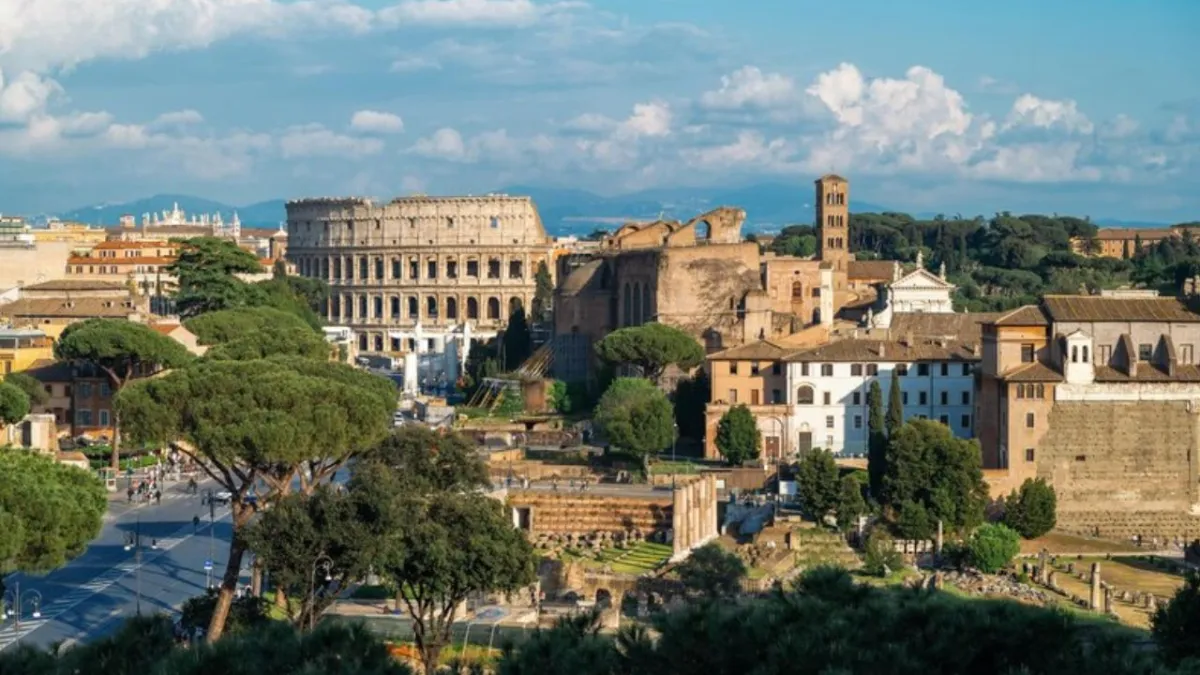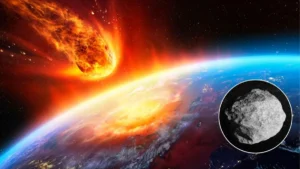
In some corner of Europe, on the Italian boot, hides a city with more than two thousand years of history. This city has witnessed empires, revolutions, renaissances and, its name resonates in the echoes of antiquity as one of the great civilizations. that shaped the destiny of the world. With a monumental legacy that endures to this day, it is known as the eternal city.
Throughout history, there have been many cities that have sought to achieve immortality, but none like this one. With its ruins that speak of ancient times, Its monuments that defy the passage of centuries and its streets impregnated with culture, this city has been a center of power, art and religion.
>>> You may be interested in: The most beautiful countries in the world, according to AI: Colombia, on the list
In fact, its history is so intertwined with the future of humanity that Many, when walking through it, feel that time stops and that they are walking on the same cobblestones as their ancestors. This city has been the capital of a vast and powerful empire, and even today it retains its influence, not only in its country, but in the entire world.
Rome is considered the Eternal City
Rome has been called the eternal city since ancient times, but the origin of this title lies in the depths of Roman culture. The idea of a city destined to endure through the centuries dates back to the early days of the Roman Empire.
According to the founding legends, Rome was founded in 753 BC by the twins Romulus and Remus, who, after being raised by a wolf, would have given rise to one of the most powerful civilizations in history. However, what really made the city famous was its own destiny of permanence, the conviction that its existence would not only endure, but would dominate the known world.
FOTO: wirestock
This feeling of invincibility and perpetuity was captured by Roman poets such as Virgil, who in his Aeneid made it clear that Rome was not just any city, but one that was destined for greatness and eternity. Virgil describes how the Trojan hero Aeneas, faced with the failure of his homeland, founded Rome, which would become an immortal empire. Rome was seen as the center of the universe, a place that would never know the end, always renewing itself, always growing.
Why is it considered the eternal city?
The term Eternal City was formally used by the poet Albius Tibullus in his work Elegies in the 1st century BC. The phrase Urbs Aeterna, with which Tibullus defined Rome, expresses the idea that the city was not only the heart of the Roman Empire, but was destined to live forever in the collective imagination. This concept was reinforced for centuries, even after the fall of the Western Roman Empire in the 5th century AD, when the city was weakened by invasions and medieval chaos.
However, Rome knew how to be reborn. During the Renaissance, starting in the 15th century, the city underwent a cultural, political and architectural revitalization that returned it to its former glory. This revival was largely fueled by the papacy, whose power began to grow again.

The popes, aware of the symbolic power of the city, undertook a series of monumental reforms which included the construction of masterpieces of art and architecture, such as the Sistine Chapel and St. Peter’s Basilica. In this way, Rome resumed its title of Eternal City, not only for its history, but for its ability to constantly reinvent itself.
The Eternal City is frequently visited
The fascinating thing about Rome is that, despite its falls and rebirths, its essence has never been lost. Today, walking through the streets of the Italian capital, tourists and locals alike are transported through the centuries. The Colosseum, the Roman Forum, the Pantheon and the majestic St. Peter’s Basilica remain silent witnesses of the greatness of a city that, although not the capital of an empire, remains the spiritual and cultural heart of a vast world.
But Rome is not only famous for its antiquity and architectural splendor. The city is a melting pot of cultures, religions and thoughts that continue to converge within it. The influence of Rome is felt in every corner of the planet, from the political customs that were born in the Roman Republic to the foundations of Christianity that still resonate at its center, the Vatican.

FILIPPO MONTEFORTE/AFP
A city with an incredible legacy
Rome remains a symbol of resilience and renewal. Despite adversities, the eternal city has remained one of the most influential cities in the world, both in the political and cultural spheres. From the fall of its empire to the consolidation of the Vatican as a world religious center, the city has known how to adapt and continue to be a reference for all generations.
The title of eternal city is neither a literary whim nor an exaggeration of the ancient Romans, but a historical truth. Rome is eternal because its history is not over. On the contrary, it continues to be written every day, whether through its art, its architecture or the constant heartbeat of its people.
>>> You can read: These are the cities in Colombia with the most attractive men, according to artificial intelligence
Source: https://www.noticiascaracol.com/mundo/cual-es-la-ciudad-eterna-y-por-que-se-le-llama-asi-no-queda-en-latinoamerica-so35


